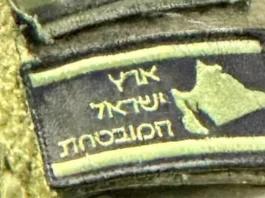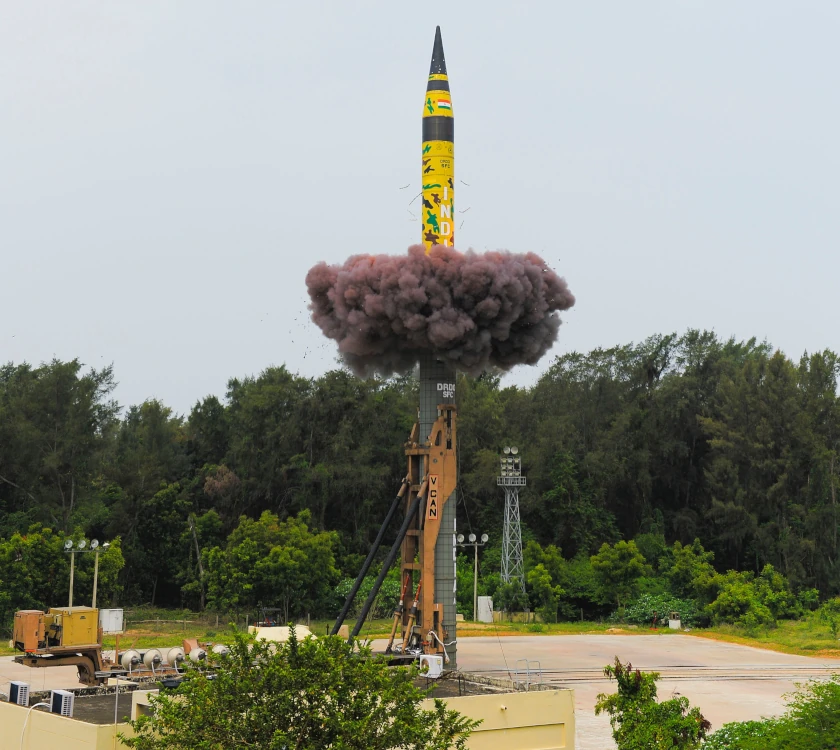China is escalating its confrontation with the Philippines by ramming vessels, building military islands, and threatening what it calls illegal intruders, aiming to drive the Philippines out of disputed South China Sea areas.
One of the most dangerous flashpoints between China and the Philippines is the Second Thomas Shoal, where, in 1999, the Philippine Navy intentionally grounded an old World War II ship to assert its territorial claims. A small contingent of Philippine Marines still occupies the dilapidated Sierra Madre, approximately 200 kilometers from Palawan in the western Philippines and over 1,000 kilometers from China’s nearest mainland.
Beijing is trying to control the Second Thomas Shoal. China is waiting for the ship to sink or become uninhabitable, forcing Manila to withdraw its Marines.
Beijing would be in a better position to seize control of the shoal, thereby bolstering its position in the resource-rich waterways of the South China Sea, through which ships carrying goods worth trillions of dollars of commerce pass annually.
Since Philipines requires frequent resupply missions to the outpost, the Chinese Coast Guard attempts to thwart it by firing water cannons at Philippine vessels—sometimes even ramming them.
These collisions and harrasments underscore China’s “salami-slicing strategy” in the South China Sea.
The salami-slicing strategy is a method that involves breaking down a major goal or issue into numerous smaller, less noticeable actions or changes. The term is derived from the concept of slicing a salami into thin segments; although each slice may appear inconsequential, they all add to the final outcome.
On June 19, the Philippines accused the Chinese Coast Guard of ramming and boarding a Philippine Navy vessel at the Second Thomas Shoal, resulting in a Filipino sailor losing a thumb in the altercation.
On March 5, a Chinese Coast Guard vessel fired water cannons at a Philippine ship on a resupply mission on the Second Thomas Shoal. This strategy includes deploying warships, coast guard vessels, and militia boats” to the “uninhabited islands and reefs of the Spratly Islands, where the Second Thomas Shoal is located. The broader goal is to advance eastward to the nearby Sabina Shoal, encroaching on Manila’s exclusive economic zone and “gradually normalizing its presence and control.
This mirrors the situation in 2012 when Beijing took control of Scarborough Shoal, another strategic location in the South China Sea near the Philippines.
Since then, the Philippines has deployed vessels to harass Chinese ships and prevent its fishermen from accessing the fish-rich lagoon.
Despite claims from the Philippines and other Southeast Asian countries, Beijing asserts sovereignty over almost the entire South China Sea, rejecting international rulings that invalidate its claims.
China has also engaged in extensive island-building projects, equipping these artificial outposts with missile systems and even constructing fighter jet runways.
According to a 2022 study by the Center for Strategic and International Studies (CSIS), Beijing has dismantled approximately 6,000 hectares of coral reefs to create around 1,300 hectares of new land for artificial islands in the Spratly Islands.
These military islands enable Chinese vessels to patrol areas as far south as Indonesia and Malaysia.
Beijing is also attempting to strengthen its sovereignty claims through new regulations. Starting June 22, the Chinese Coast Guard can detain foreigners entering disputed waters for up to 60 days.
China aims to force the Philippines to relinquish its legitimate rights and interests under international law in the South China Sea. These confrontations are part of China’s ongoing use of force against the Philippines to make it succumb to China’s power. But, Beijing is unlikely to want to go to war with Manila.
However, Philippine President Marcos warned that the deliberate killing of Filipino citizens by Beijing would be “very close” to an act of war.
The United States has urged China to restrain its actions. The Biden administration stated that an “armed attack” on Philippine public vessels, aircraft, armed forces, or coast guard in the South China Sea would trigger the mutual defense treaty between the two countries.
Washington will likely be drawn into an armed conflict in the South China Sea. One consequence of U.S. intervention is that China will exercise self-restraint. Another consequence is the failure of U.S. deterrence.






